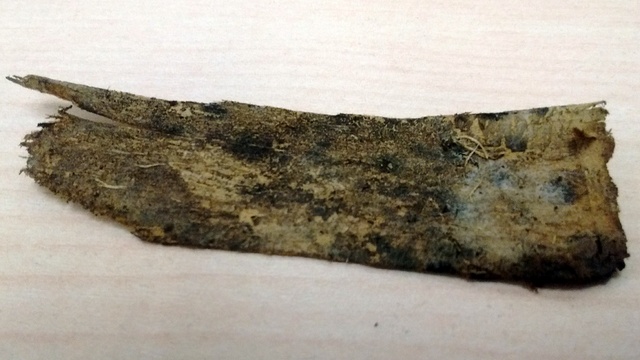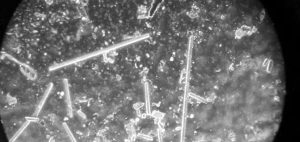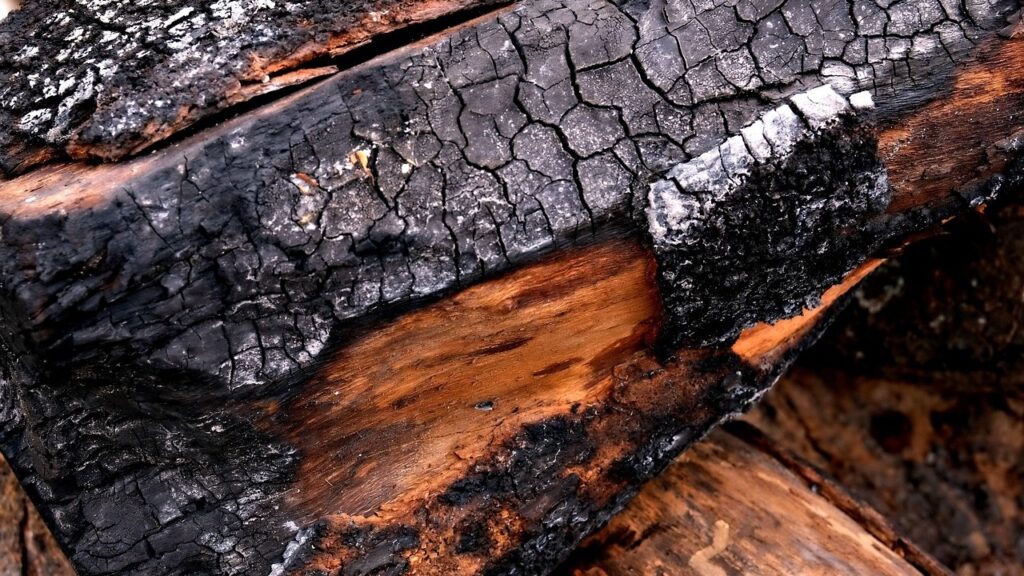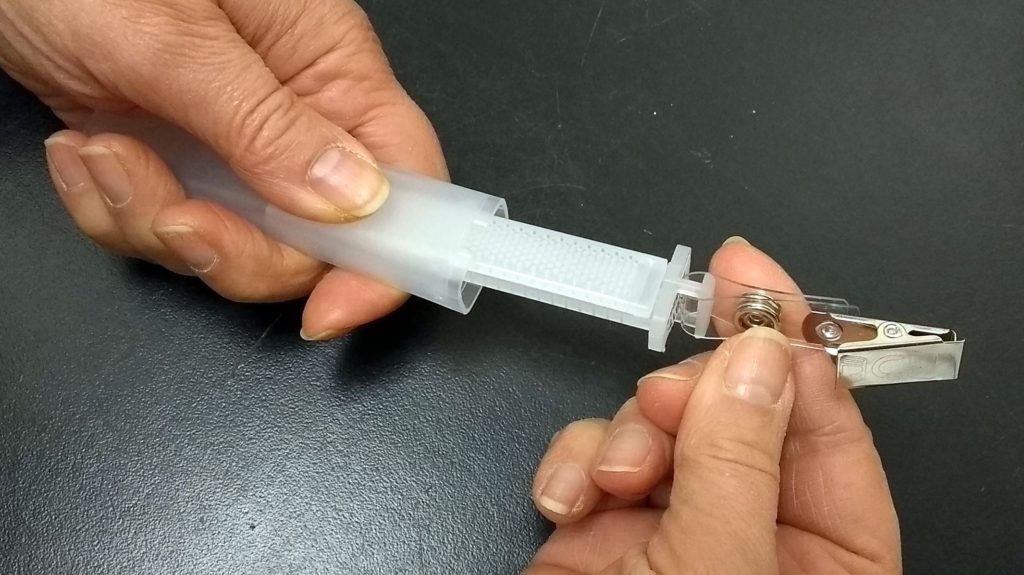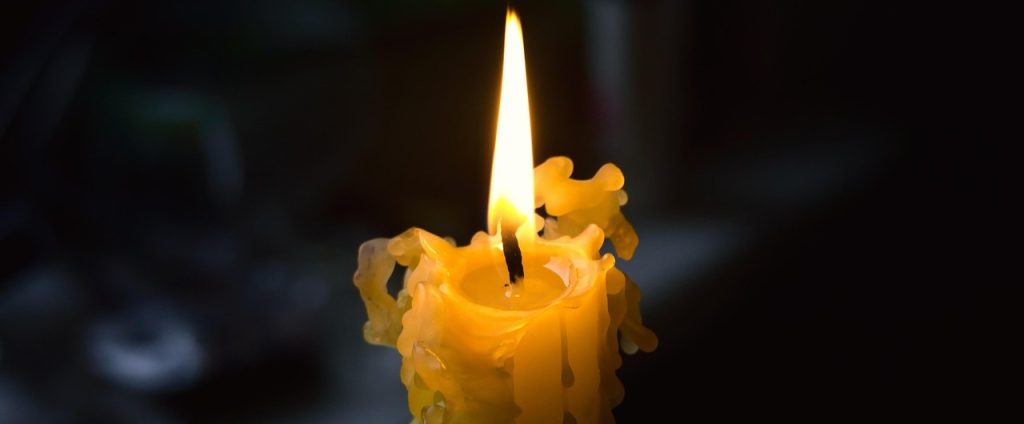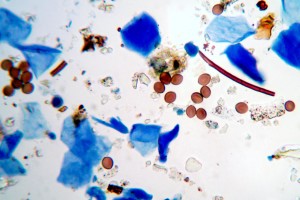
At LCS Laboratory Inc., located in London, Ontario, we have analyzed thousands of airborne mould samples collected from residential properties across Canada. These findings provide valuable insights into the types and prevalence of mould commonly found in Canadian homes.
Introduction
Mould spores are microscopic biological particles that can significantly impact indoor air quality and human health. Understanding their distribution and identifying the types present in residential environments is crucial for developing effective mitigation strategies.
Currently, there are no Canadian or international guidelines that clearly distinguish between mould-contaminated homes and those with normal background levels. This study presents data from thousands of measurements collected between 2020 and 2025 from both residential and commercial properties across Canada. Its primary objective is to establish baseline mould concentrations in indoor air specific to the Canadian environment.
Sampling and Analytical Methodology
Air samples were collected by third-party consultants and homeowners, either using their own equipment or air samplers rented from LCS Laboratory Inc. All clients were instructed to keep windows closed for at least 24 hours before and during sampling to minimize outdoor air influence.
All samples were analyzed by our experienced laboratory personnel, often in duplicate, to ensure quality and consistency. Spore counts were conducted using Phase Contrast Microscopy at 400× magnification, in accordance with ASTM D7391.
The effect of outdoor mould on indoor readings was discussed in an earlier study, which concluded that there is no direct correlation between outdoor and indoor airborne mould concentrations. This current analysis focuses exclusively on indoor samples to evaluate mould distribution inside Canadian homes.
Statistical Analysis
Indoor air samples collected from January 2020 to June 2025 were compiled into a database and used to calculate the distribution of specific mould types. For each type, spore counts were sorted from lowest to highest, allowing us to identify thresholds that help interpret whether a sample result is typical or unusually high.
-
Median Concentration: 50% of homes had mould levels below this value
-
Elevated Concentration: 75% of homes had mould levels below this value
-
High Concentration: 90% of homes had mould levels below this value
The table below presents concentration levels (in fungal structures per cubic meter – fs/m³) for each mould type:
| Mould Type | Median (50%) | Elevated (75%) | High (90%) |
|---|---|---|---|
| Alternaria | ND | ND | 20 |
| Ascospores | 80 | 200 | 800 |
| Aspergillus/Penicillium-like | 700 | 2000 | 7000 |
| Basidiospores | 600 | 1000 | 3000 |
| Chaetomium | ND | ND | 20 |
| Cladosporium | 300 | 1000 | 3000 |
| Curvularia | ND | ND | ND |
| Drechslera/Bipolaris-like | ND | 20 | 40 |
| Smuts/Myxomycetes/Periconia | ND | 20 | 90 |
| Stachybotrys/Memnoniella | ND | ND | ND |
| Ulocladium | ND | 20 | 30 |
| Hyphal fragments | 20 | 50 | 200 |
| Miscellaneous/Unidentifiable | 100 | 400 | 700 |
| Total (All Mould Types) | 3000 | 9000 | 30000 |
ND – Not Detected
Discussion
This study establishes baseline values for various mould types commonly found in Canadian homes. It is strictly observational, identifying what is typical and what may be considered unusually high for Canadian conditions and building practices. The findings are specific to LCS Laboratory’s testing methodology and should not be used to interpret results from other laboratories.
Conclusion
Our analysis underscores the importance of understanding mould distribution in indoor environments. By identifying the typical range of mould concentrations in Canadian homes, we can better assist homeowners and consultants in recognizing when mould levels may be elevated.
These results do not address health risks or potential allergic reactions, but they can serve as a valuable tool in pinpointing areas of concern.
Contact Us
If you’re interested in our methods or would like to discuss a project, we invite you to contact us with any questions or to request a quote:
👉 Contact LCS Laboratory
We look forward to working with you.

